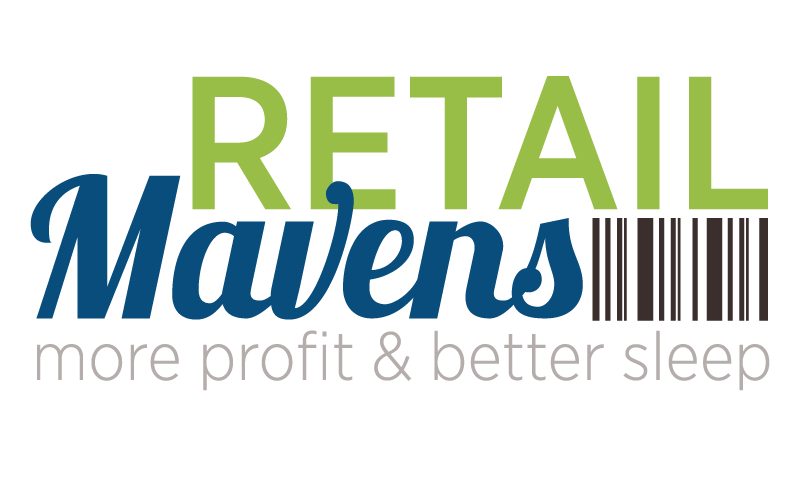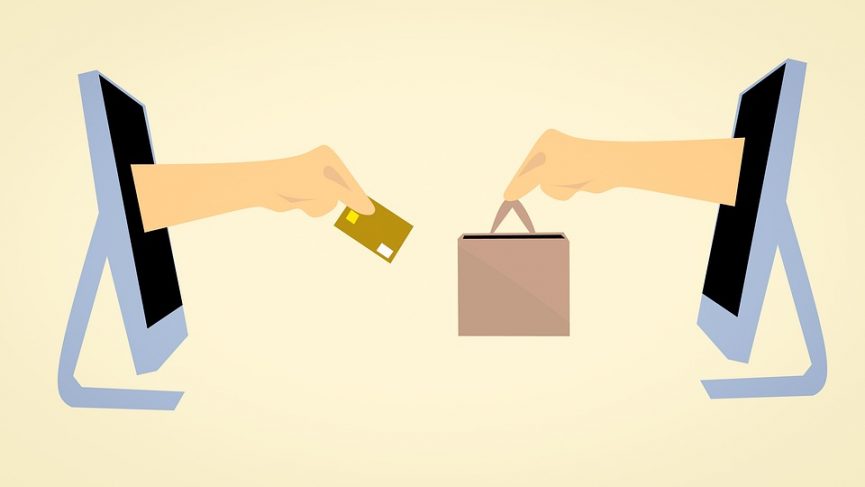Enjoy these tips to help you stand out online, from guest blogger Jiselle Riley! – Cathy
The pandemic has had a significant effect on e-commerce and online consumer behavior. With restrictions making it difficult for brick-and-mortar retailers to continue their business, Insider Intelligence reports that there was a 16.5% sales growth for the global retail e-commerce industry. This trend is expected to continue in the coming years, as more consumers use online platforms and retailers.
For small businesses, this development can be both a good and a bad thing. Boosting online efforts can result in a wider reach that’s simply not possible with a brick-and-mortar store. However, with the many other online retail shops you’re competing with, it will be harder to catch the attention of these potential customers. Fortunately, all it takes is some effort and patience to get online shoppers to notice you. Here are some ways to help your online store stand out online:
Local Marketing
Local marketing is a kind of location-based marketing that essentially targets people within a city or a certain radius of your physical location. One of the goals of local marketing is to efficiently spend your marketing and advertising budget. After all, if you’re based in Sacramento, California, having website traffic coming from Florida won’t do you much good.
Business News Daily notes that one of the effective local marketing strategies is to get involved with your community to build a real-world connection between your audience and your brand. You can do this by hosting or sponsoring local community events. By doing so, you can increase your brand’s visibility, and you can also get local press coverage. Claiming your Google My Business listing is an easy local marketing strategy since Google My Business gives search engine users information like your contact information.
If you want to go even more local, then you can do hyperlocal marketing. This is done when you’re targeting customers just a few streets or blocks from you. Your aim here is to capitalize on “near me” searches, which have strong commercial intent. Claiming your Google My Business listing is still very useful here. Hyperlocal marketing also benefits greatly from customer reviews, with the top rated businesses being the first that Google will display under the Maps result. If people are aware of your brand, you can develop customer and brand loyalty. You also get to build authority, making your brand a go-to in your location.
Geotargeting can be done through getting information from IP addresses, mobile location data, and cell tower triangulation. Marketers can reach their target audiences through mobile advertising and geofencing, which is a location-based service that lets mobile phone users get specific ads when they enter a certain geographic location. To further make your ads more relevant locally, you can choose to market it in the local language. Having locally relevant content can make your brand more interesting to the locals, making it likely to build customer/brand loyalty. You also get to build authority, making your brand a go-to in the particular location.
Use social media
The importance of social media in developing a brand’s customer base cannot be understated. With almost half of the world’s population on social media, it’s not surprising that many, if not all, retailers already use the different platforms to widen their reach and improve marketing strategies. The importance of social media is also seen in how it’s now a key part of higher education marketing courses and modules – making them tailor-fit for online retail. Universities now focus their efforts on offering marketing programs that emphasize “meeting consumers where they are” through social media engagement. The next generation of retailers and marketers are being taught how to frame a product/service digitally as something that can benefit consumers.
Based on these marketing education trends, you can implement search engine marketing, content management, and interactive marketing. You can also use data analytics to predict consumer patterns, and leverage them for your brand. For instance, basic social media insights can tell you when users are most active online, which you can use to time your content publishing.
Start a blog
Tying your brand to a blog can give more reason for potential customers to interact with it. If you’ve released a new product, a blog gives you more room to talk about it at length. A blog also lets you gain trust and credibility, as it establishes your brand as an authority for your niche. The first step to starting a blog is knowing why you need it. Do you want to increase sales or improve brand awareness? Identifying your target audience is also important as it will impact things such as the tone and the content of your blog.
If you’re a brand that sells skin care products for teenagers, for example, it’s best to write with a casual tone. Have blog posts that discuss what teenagers’ skin goes through during puberty and how certain products (including your own) can help them manage problems such as acne and oily skin. Giving specific tips that can help your audience will encourage them to look to your brand for advice and, eventually, buy your products.
If you are struggling to find an audience online we hope the above tips will help.


